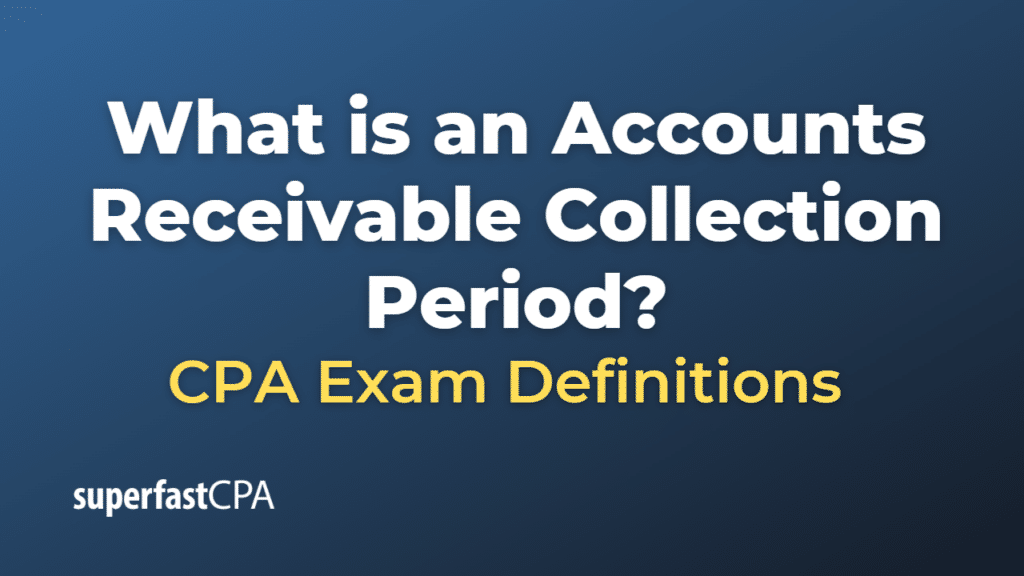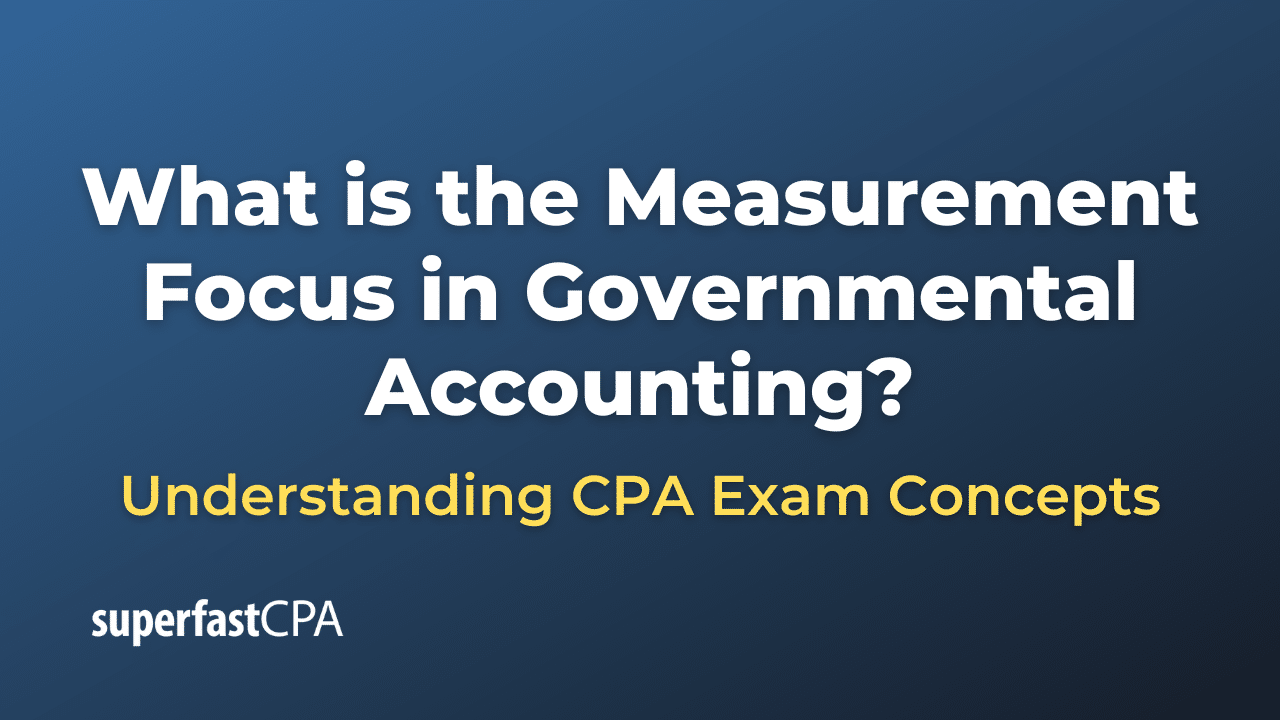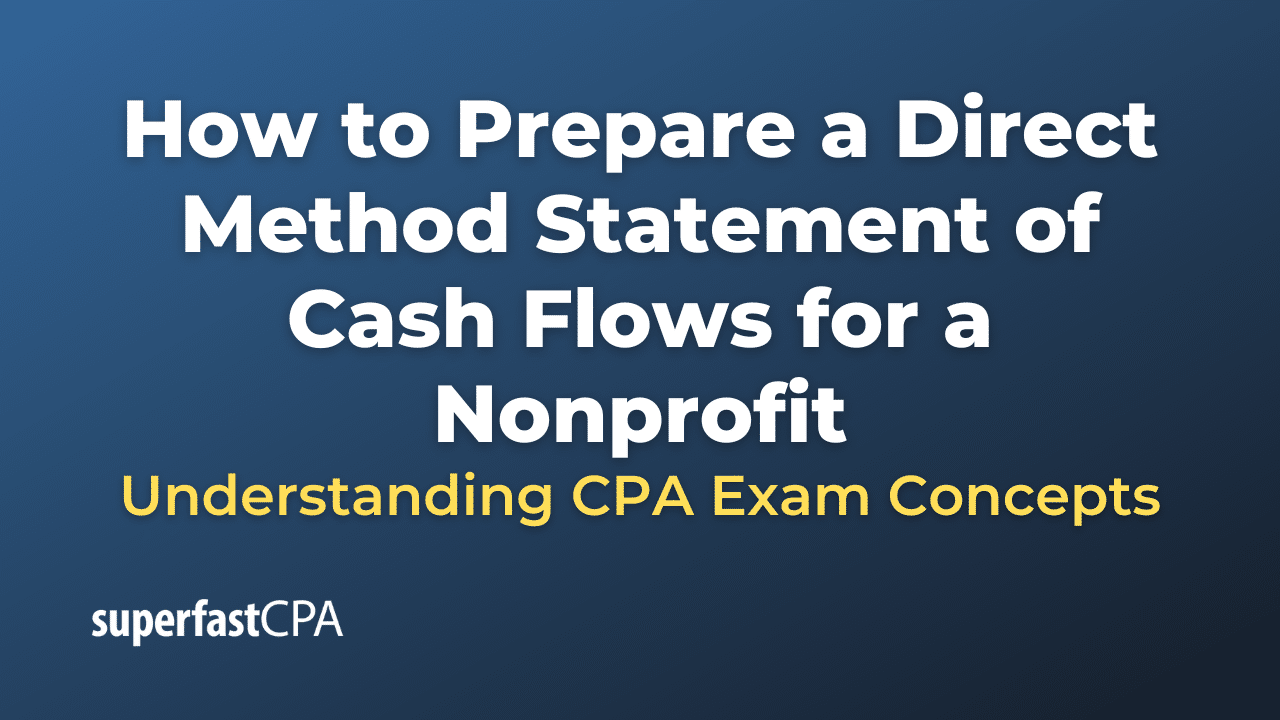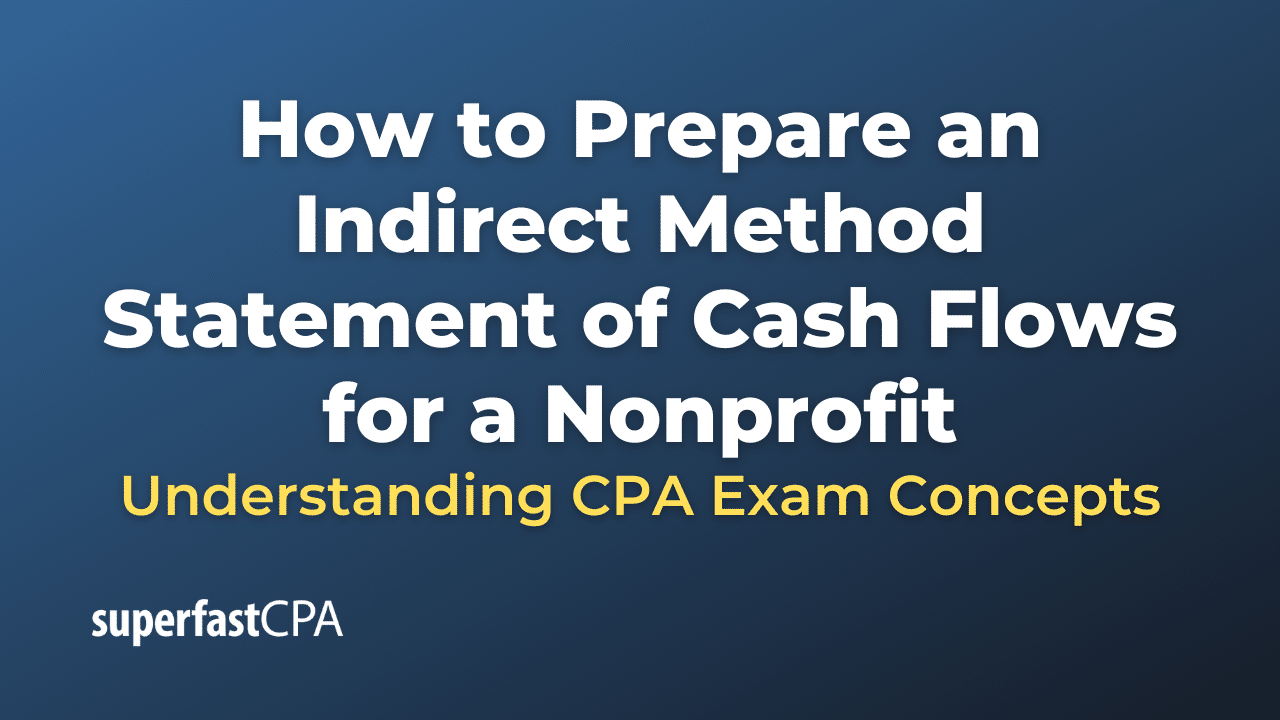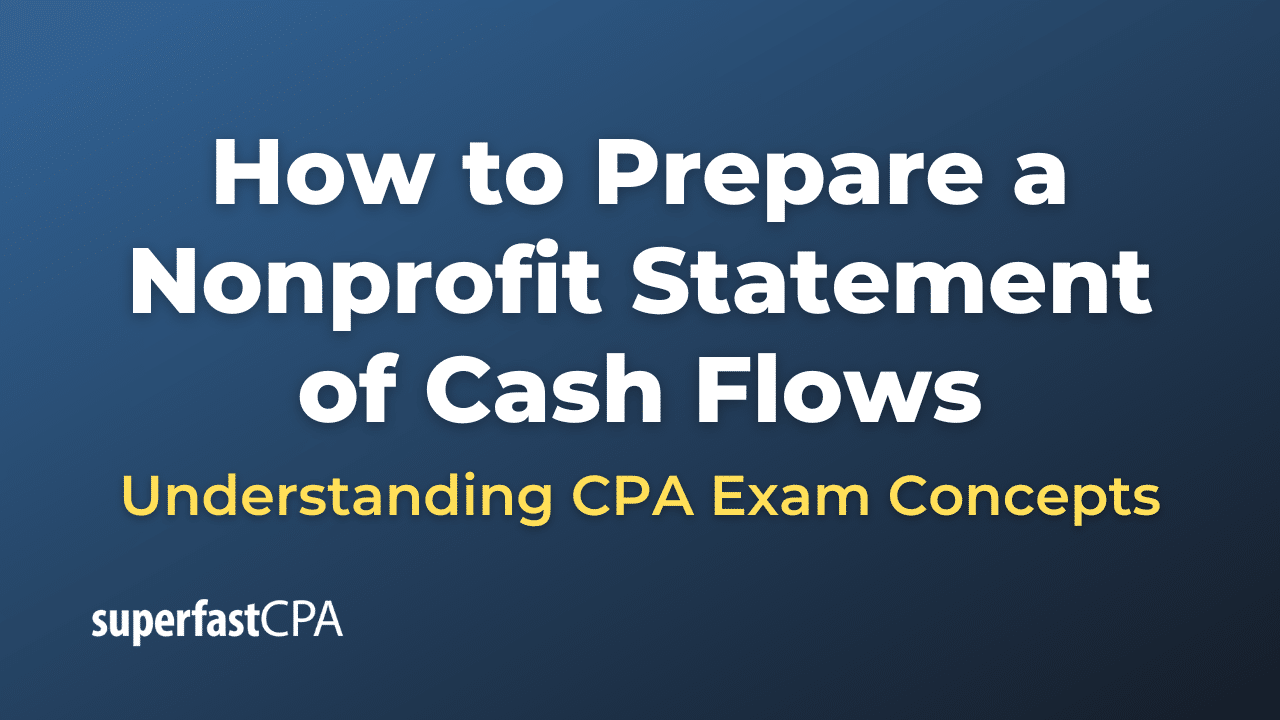Accounts Receivable Collection Period
The accounts receivable collection period, also known as the average collection period or days sales outstanding (DSO), is a financial metric that measures the average number of days it takes for a company to collect payment from its customers after a sale has been made on credit. This metric helps businesses evaluate the effectiveness of their credit and collection policies, as well as their cash flow management.
A shorter collection period indicates that the company is collecting payments more quickly, which can improve cash flow and reduce the risk of bad debts. Conversely, a longer collection period may signal inefficiencies in the collection process, potential credit issues, or challenges with customer financial health.
To calculate the accounts receivable collection period, use the following formula:
Accounts receivable collection period = (Average accounts receivable / Net credit sales) x Number of days in the period
Here’s a step-by-step explanation:
- Calculate the average accounts receivable: This is the average of the beginning and ending accounts receivable balances for a given period (e.g., a month, quarter, or year). If the beginning balance is $30,000 and the ending balance is $40,000, the average accounts receivable would be ($30,000 + $40,000) / 2 = $35,000.
- Determine the net credit sales: This refers to the total sales made on credit during the period, excluding any sales returns or allowances. For example, if the total credit sales for the year were $400,000, and there were $10,000 in sales returns and allowances, the net credit sales would be $400,000 – $10,000 = $390,000.
- Calculate the accounts receivable collection period: Using the average accounts receivable and net credit sales figures, along with the number of days in the period (e.g., 365 days for a year), apply the formula:
Accounts receivable collection period = ($35,000 / $390,000) x 365 = 32.69 days
In this example, the accounts receivable collection period is approximately 32.69 days, which means it takes the company, on average, around 33 days to collect payments from its customers after a credit sale.
Example of an Accounts Receivable Collection Period
Let’s consider a fictional company called “EcoFriendly,” which manufactures and sells eco-friendly products to retailers on credit terms of net 30 days. EcoFriendly wants to calculate its accounts receivable collection period to evaluate the effectiveness of its credit and collection policies.
Here is EcoFriendly’s financial data for the year:
- Beginning accounts receivable balance: $25,000
- Ending accounts receivable balance: $30,000
- Total credit sales: $600,000
- Sales returns and allowances: $20,000
Let’s follow the steps to calculate the accounts receivable collection period:
- Calculate the average accounts receivable:
Average accounts receivable = (Beginning accounts receivable + Ending accounts receivable) / 2 Average accounts receivable = ($25,000 + $30,000) / 2 = $27,500
- Determine the net credit sales:
Net credit sales = Total credit sales – Sales returns and allowances Net credit sales = $600,000 – $20,000 = $580,000
- Calculate the accounts receivable collection period:
Accounts receivable collection period = (Average accounts receivable / Net credit sales) x Number of days in the period Accounts receivable collection period = ($27,500 / $580,000) x 365 = 17.33 days
In this example, EcoFriendly’s accounts receivable collection period is approximately 17.33 days. This means it takes the company, on average, around 17 days to collect payments from its customers after a credit sale. Given the credit terms of net 30 days, EcoFriendly appears to be collecting payments relatively quickly, which can improve cash flow and reduce the risk of bad debts. The company can use this information to assess the effectiveness of its credit and collection policies and make any necessary adjustments to optimize its cash flow management.

